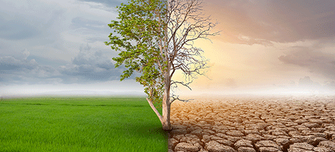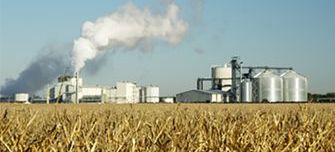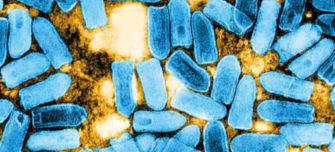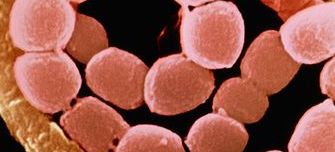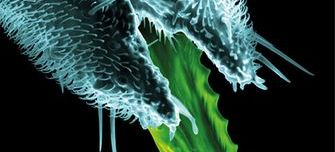Climate change resources and further reading
-
Climate change: microbes as our allies
The effects of climate change are already evident across the globe. Habitats are disappearing, sea levels are rising, and the polar ice caps are melting. The communities most affected are struggling to cope with a rapidly changing world. Microbes are directly associated with both the production and consumption of greenhouse gasses, making them an important component in climate change models.
-
The United Nations Sustainable Development Goals
The UN Sustainable Development Goals (UN SDGs) are a collection of 17 goals adopted by all Member States of the United Nations in September 2015. The goals are a blueprint for transforming our world by 2030.
-
Microbes at the extremes
Over the years, scientists have been able to prove that microbial life has great flexibility when it comes to surviving extreme conditions, such as high and low pressures in deep-sea and high-altitude zones, extremely high and low temperatures (above 45°C or below 15°C), high-salt and acidic conditions, and infrared and thermal radiation
-
Role of microbes in climate change and recycling
Microbes play key roles in nutrient cycling, biodegradation/biodeterioration, climate change, food spoilage, the cause and control of disease, and biotechnology. Thanks to their versatility, microbes can be put to work in many ways: making life-saving drugs, the manufacture of biofuels, cleaning up pollution and producing/processing food and drink.
-
Climate change and health
There are concerns that some of the effects of climate change will compromise hygiene and health, and lead to the increased incidence of illnesses such as trachoma (an eye infection that can cause blindness) and diarrhoea.
-
Microbes and biofuels
Biofuels are made from living things or the waste that they produce. Microbes could well be the key to powering cars in an environmentally sound way and in the not too distant future we could all be filling up at the pump with microbial-based fuel.
-
A Sustainable Future: project statement
Bringing together Microbiology Society members and other stakeholders, this project reflects on the greatest threats facing future generations. These threats range from the emergence and spread of drug-resistant pathogens to the impacts of global waste production and the effects of climate change on the ecosystem.
-
Microbiology Today: Oceans
The first 2019 issue of Microbiology Today explores microbes found throughout the world’s oceans. The five featured articles focus on a variety of micro-organisms, examining their wide-ranging roles within the marine environment and the impact they can have both in the sea and on dry land.
-
Microbiology Today: Arboviruses and their Vectors
This issue considers some of the viruses that are transmitted by arthropods and the arthropod vectors that carry them. The five feature articles look at how arboviruses affect plants, animals and humans alike and cover a range of topics, from overviews of specific arboviruses to how to control the spread of the diseases they cause by targeting the vectors that facilitate their transmission.
-
Microbiology Today: Soil
Learn more about the microbial world at our feet, the micro-organisms, microbiomes and microbial networks that exist, the ecosystem and processes at play in this issue of Microbiology Today. We will explore the balance between protecting health and prevent soil degradation, and the microbial clues helping determine time of death in criminal cases.
-
Microbiology Today: Water
Water is the focus of this edition of Microbiology Today. The microbial interactions with this ubiquitous substance are vast. This issue features articles on how microbial life in the ocean affects climate change and the microbial issues affecting the aquaculture industry.
-
Microbiology Today: Halting Epidemics
Disease outbreaks can have a significant impact on human populations, and they need to be closely monitored and contained to limit their potential spread. Following the outbreaks of the Ebola and Zika viruses in recent years, this timely issue of Microbiology Today puts a spotlight on the topic of 'Halting Epidemics'.
-
Microbiology Today: Zoonotic Diseases
Emerging zoonotic diseases, such as chikungunya, are not the only cause for concern; some zoonotic diseases, like rabies, have been circulating for centuries – both of these diseases are covered in this issue of Microbiology Today.
Image credits:
un.org/sustainabledevelopment
Katherine Duncan
Amy Apprill
iStock/photosbyjim
iStock/Nastco
NASA/Science Photo Library
Science Source/Science Photo Library
Dr Jeremy Burgess/Science Photo Library.
Science Photo Library.

